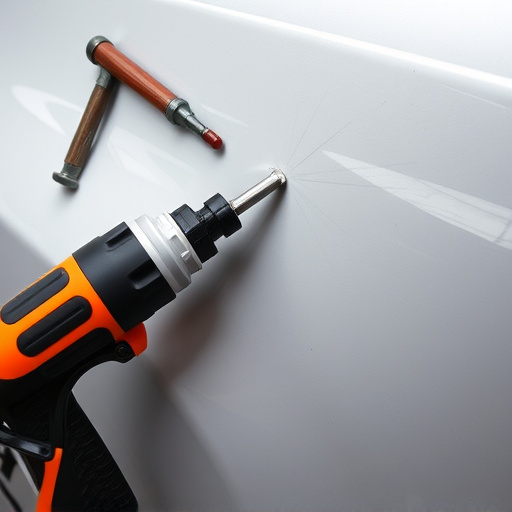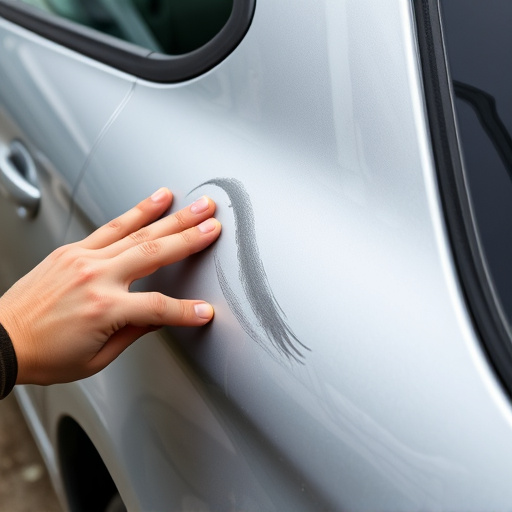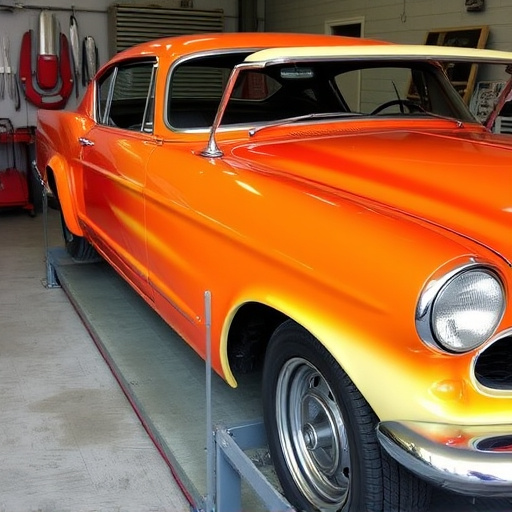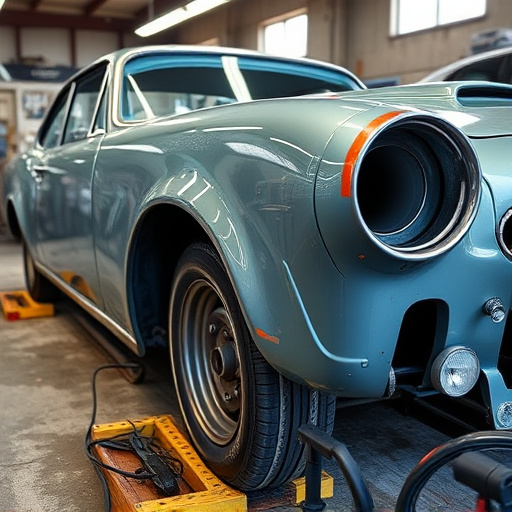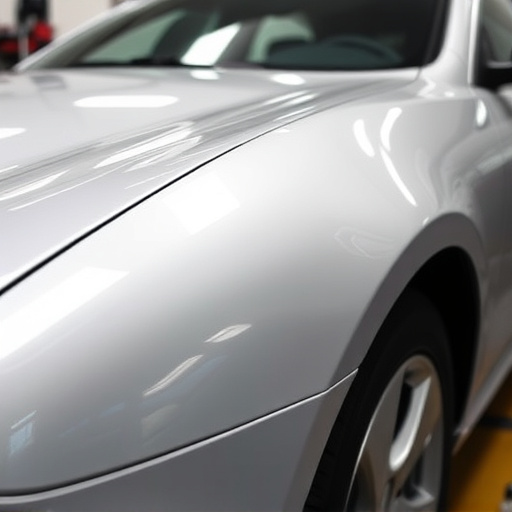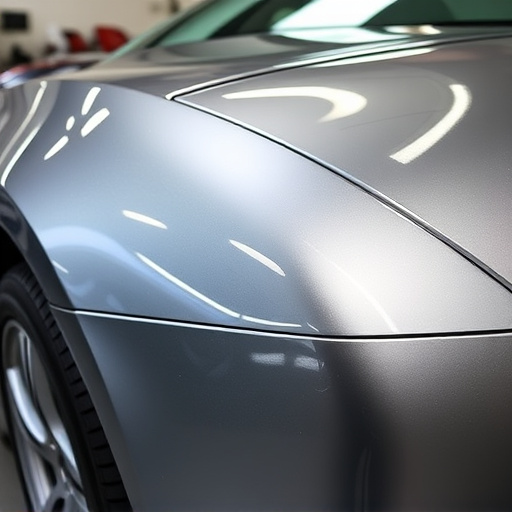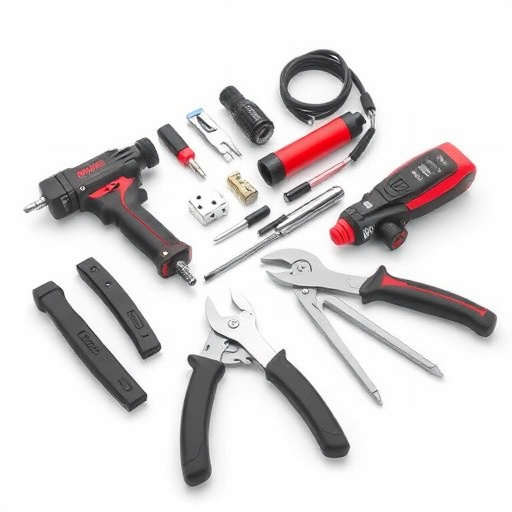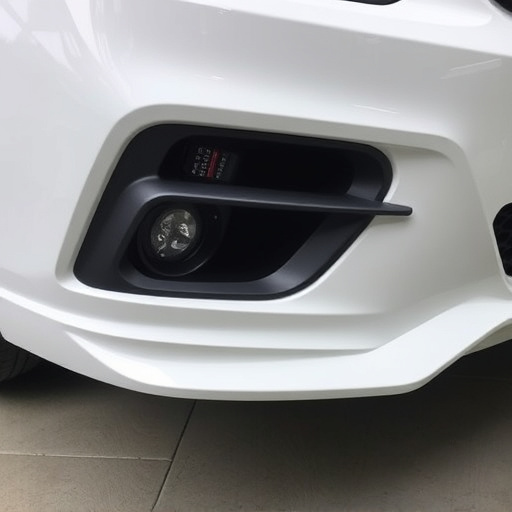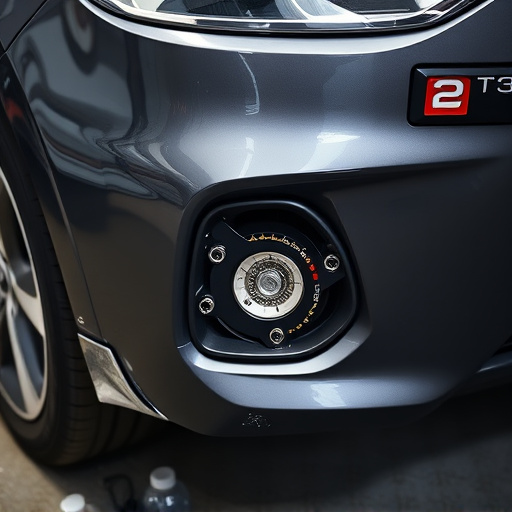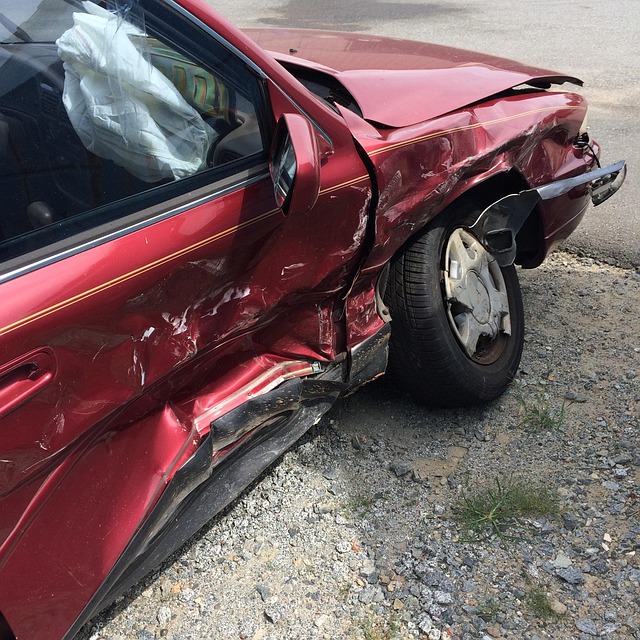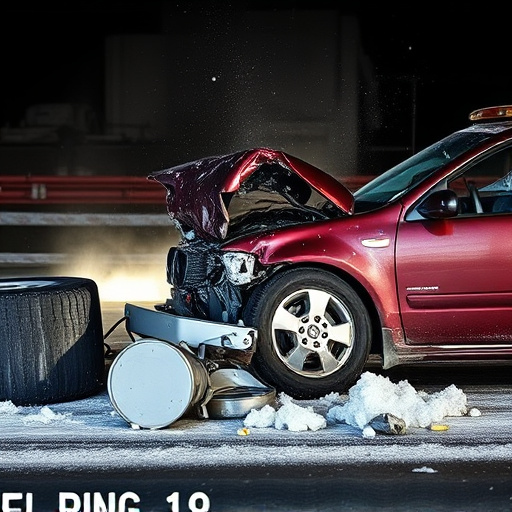Manufacturer-approved repairs prioritize adherence to vehicle manufacturer guidelines for part selection and repair techniques, ensuring quality and safety across various tasks from engine work to body repairs. This involves detailed assessment, disassembly, skilled technicians using specialized equipment, and final verification against specifications to restore vehicles to pre-incident condition with optimal performance and customer satisfaction. Auto body shops maintain these standards through strict guidelines, regular training, and certification programs.
In the realm of manufacturing and after-sales service, ensuring quality in repairs is paramount. This article delves into the industry standards that define manufacturer-approved repair quality, a crucial aspect of customer satisfaction and product longevity. We’ll explore understanding manufacturer guidelines for repairs, key components of approved processes, and implementing robust quality control measures to maintain pristine standards. By adhering to these practices, businesses can offer top-tier manufacturer-approved repairs.
- Understanding Manufacturer Guidelines for Repairs
- Key Components of Approved Repair Processes
- Ensuring Quality Control in Manufacturer-Approved Repairs
Understanding Manufacturer Guidelines for Repairs

When it comes to ensuring quality in manufacturer-approved repairs, understanding and adhering to the guidelines set forth by vehicle manufacturers is paramount. These guidelines cover everything from part selection to repair techniques, providing a comprehensive framework for achieving top-notch results. Mechanics and repair shops must familiarize themselves with these specifications to deliver repairs that meet or exceed industry standards.
For instance, when conducting automotive repairs, such as a bumper repair, the manufacturer’s guidelines will dictate specific procedures and materials to use. This ensures compatibility and longevity of the replacement parts. Similarly, car repair services should follow these protocols for various tasks, from engine work to body repairs, to guarantee customer satisfaction and vehicle safety.
Key Components of Approved Repair Processes

The foundation of any manufacturer-approved repair process lies in meticulous attention to detail and adherence to strict industry standards. These protocols ensure that repairs not only restore vehicles to their pre-incident condition but also maintain safety and structural integrity. The key components encompass a comprehensive assessment, utilizing advanced diagnostic tools to identify damage, followed by precise disassembly and inspection of affected areas.
Each repair stage is critically important, from auto body repair and alignment to auto painting and final quality checks. Skilled technicians employ specialized equipment and high-quality materials to facilitate accurate repairs, minimizing the impact of a fender bender or similar incident. This meticulous approach guarantees that manufacturer specifications are met, ensuring customer satisfaction and vehicle performance.
Ensuring Quality Control in Manufacturer-Approved Repairs
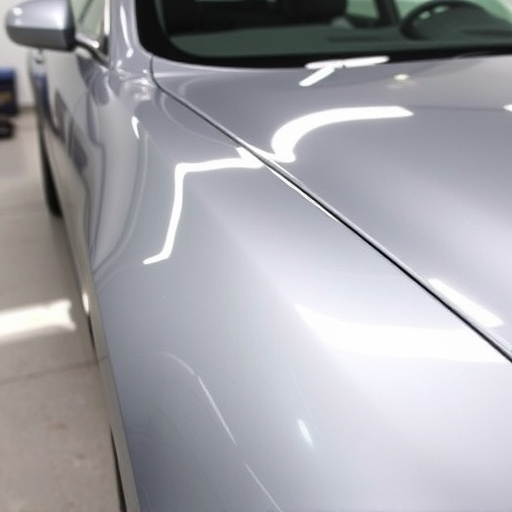
Ensuring quality control is paramount when it comes to manufacturer-approved repairs, as it guarantees that vehicles return to the road safely and with the highest standards. This process involves a meticulous series of steps designed to match the precision and quality set by the original manufacturer. In a car body shop or auto body shop offering collision repair services, technicians must adhere strictly to these guidelines, which often include using only approved parts and equipment as well as following specific repair procedures for each make and model.
Regular training and certification programs are essential to maintain this standard, ensuring that staff stay up-to-date with the latest techniques and safety protocols. Furthermore, quality control measures encompass thorough inspections at every stage of the repair process. This includes pre- and post-repair assessments, as well as intermediates checks to identify and rectify any deviations from the manufacturer’s specifications. The ultimate goal is not just to restore vehicles to their pre-accident condition but to exceed expectations by delivering repairs that meet or surpass industry standards for manufacturer-approved repair quality.
Manufacturer-approved repairs are crucial for ensuring product quality and safety. By adhering to industry standards, understanding specific guidelines, and implementing robust quality control measures, manufacturers can maintain their reputation while offering reliable service. These approved repair processes are essential components of any modern, customer-centric operation, fostering trust and satisfaction among users.
